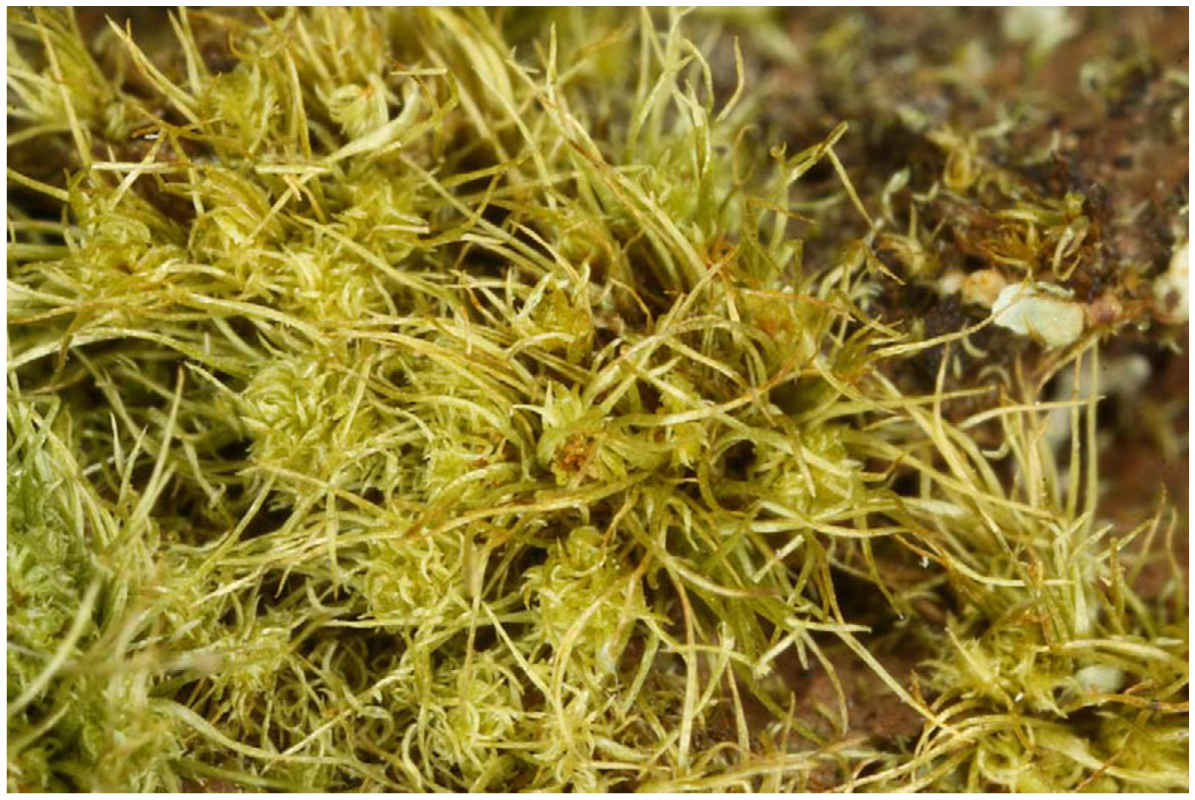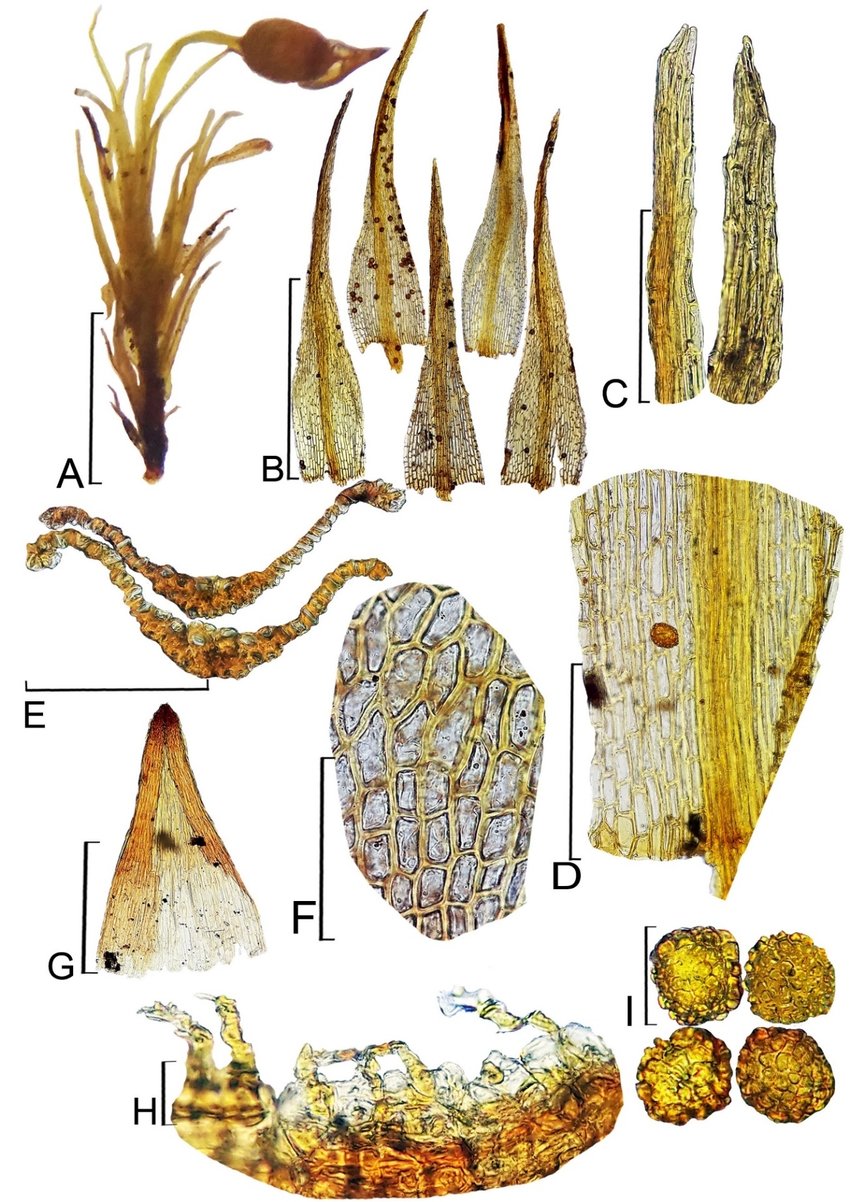
image from: https://www.researchgate.net/figure/Calyptothecium-urvilleanum-Mue-llHal-Broth-A-Habit-B-Branch-C-D-Stem-leaves_fig3_293646589
Calyptothecium urvilleanum: The Fascinating Moss of the Pterobryaceae Family
Introduction
Today we’re diving into the captivating world of Calyptothecium urvilleanum (Müll.Hal.) Broth., a unique moss species belonging to the

image from: https://bioone.org/journals/Evansia/volume-28/issue-3/079.028.0302/Brothera-leana-Sull-Müll-Hal-Dicranaceae-in-New-Mexico/10.1639/079.028.0302.full
Pterobryaceae family. Also known simply as Calyptothecium, this moss is a true wonder of the botanical realm. Let’s explore what makes it so special!

image from: https://www.gbif.org/es/species/2673552
Background on Bryophytes
Before we get into the specifics of C. urvilleanum, let’s briefly touch on what mosses are. Mosses are non-vascular plants in the division Bryophyta. They lack true roots, stems, and leaves like other land plants. Instead, they have rhizoids, stems, and phyllids. Mosses play important ecological roles and are found all around the globe.
Morphology and Identification
C. urvilleanum forms loose mats with creeping primary stems and erect secondary stems reaching 2-4 cm tall. The

image from: https://www.gbif.org/es/species/2673552
phyllids (leaf-like structures) are ovate-lanceolate, plicate, and have a strong costa extending 3/4 the phyllid length. Capsules are erect and cylindrical

image from: https://www.gbif.org/es/species/2673552

image from: https://www.gbif.org/es/species/2673552
on long setae. The calyptra (cap covering the capsule) is mitrate and hairy, a key identifying feature of the genus Calyptothecium.

image from: https://www.researchgate.net/figure/Figura-11-Orthostichopsis-tijucae-Muell-Hal-Broth-a-Pseudoparafilos-filamentosos_fig11_309232610
Global Distribution and Habitat
This moss has a pantropical distribution, found in tropical regions around the world including Central and South America, Africa, Southeast Asia, and Pacific Islands. It grows as an epiphyte on tree trunks and branches in humid forests

image from: https://www.researchgate.net/figure/Figura-15-Dicranella-ulei-Muell-Hal-Broth-A-Habito-B-Filidios-C-Apices-dos_fig14_343400267
from lowlands to 1500 m elevation. The ability to grow on other plants allows it to thrive in dense rainforest habitats.
Ecological Roles and Adaptations
Like other mosses, C. urvilleanum plays important roles in its ecosystem. It helps retain moisture, prevents soil erosion, provides habitat for micro-organisms, and participates in nutrient cycling. Its creeping and branching growth form is an adaptation for growing on tree bark. The hairy calyptra likely protects developing capsules from damage.

image from: https://www.gbif.org/es/species/2673552

image from: https://www.gbif.org/es/species/2673552
| Characteristic | Description |
|---|---|
| Family | Pterobryaceae |
| Genus | Calyptothecium |
| Growth form | Loose mats, creeping primary stems, erect secondary stems to 4 cm |
| Phyllids | Ovate-lanceolate, plicate, costa strong to 3/4 length |
| Capsules | Erect, cylindrical, long setae |
| Calyptra | Mitrate, hairy |
| Habitat | Epiphytic on trees in humid tropical forests |
| Distribution | Pantropical – Central & South America, Africa, Southeast Asia, Pacific |
Conclusion
Calyptothecium urvilleanum is a prime example of how mosses have evolved fascinating adaptations to fill unique niches in ecosystems around the world. Its ability to grow on trees in tropical rainforests is especially impressive. Next time you’re in the tropics, take a closer look at the trees and see if you can spot this marvelous moss! What other wonders of the bryophyte world await discovery?